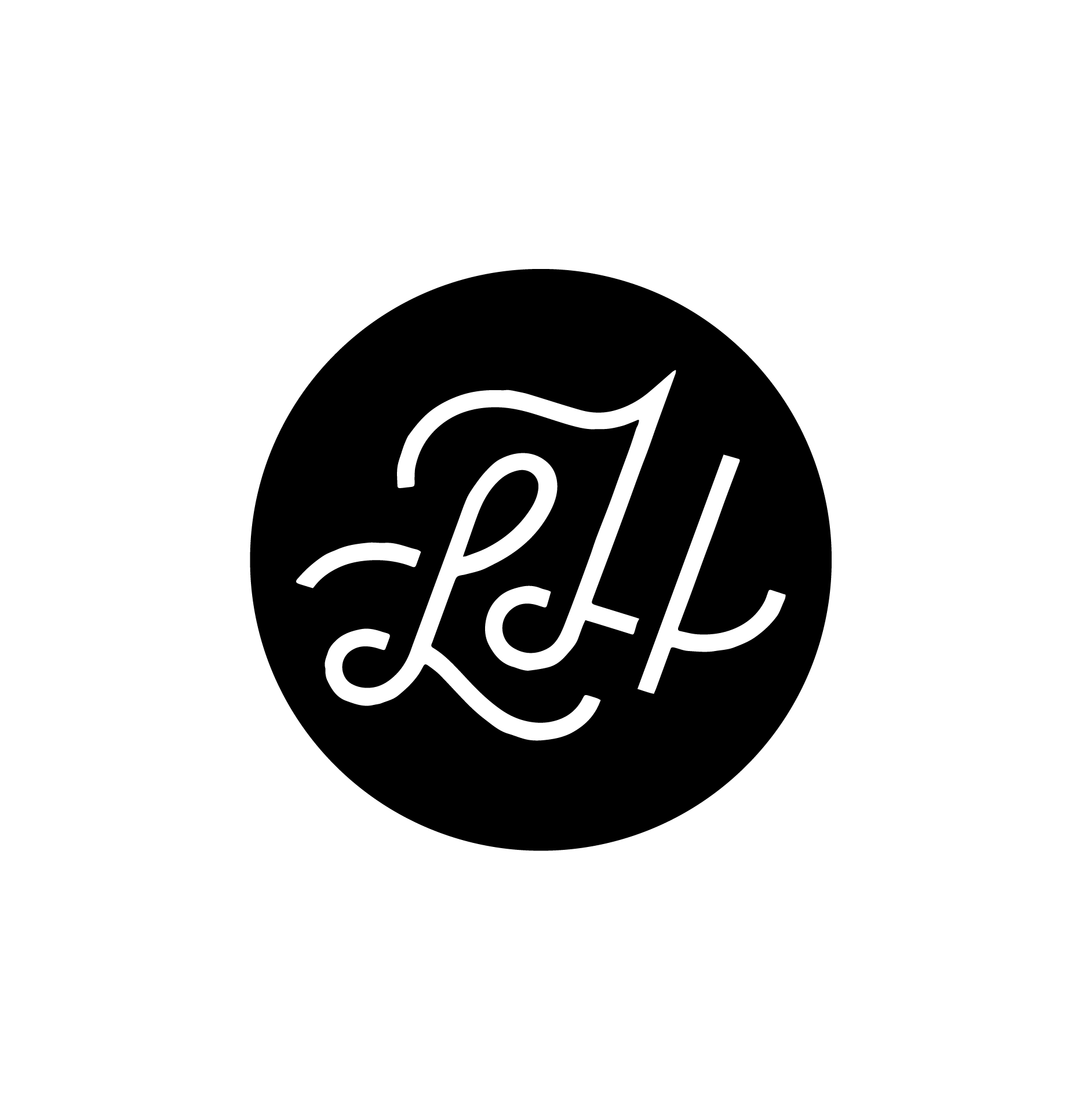The Four Pillars of Effective
Design-Development Collaboration
The Four Pillars of Effective Design Development Collaboration
The Four Pillars
of Effective
Design Development
Collaboration
The Four Pillars
of Effective
Design Development Collaboration
UXPA BOSTON
On May 10th, 2018 I spoke at the UXPA Boston conference about effective Design and Development collaboration.
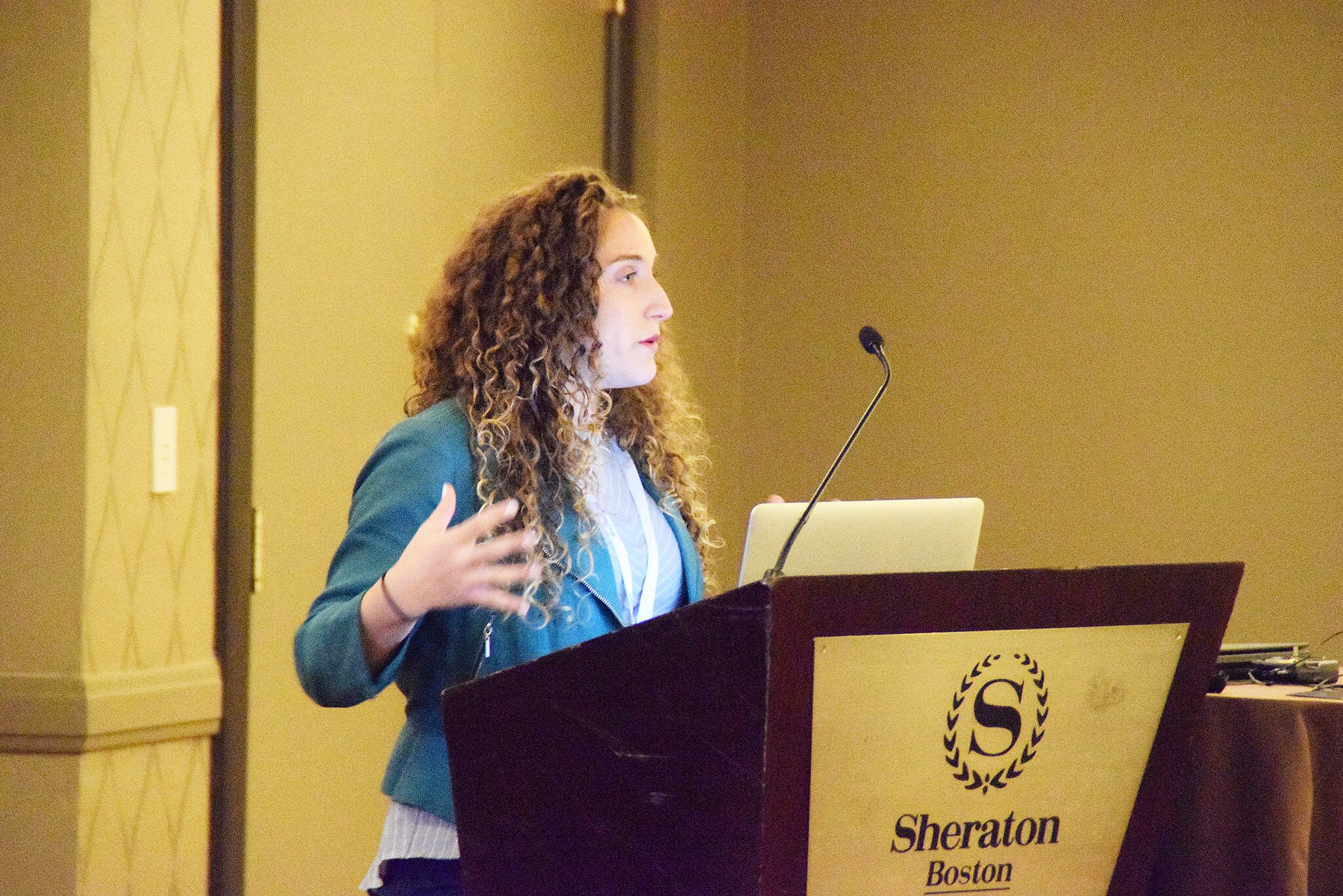
Abstract
TALK DESCRIPTION
One of the most powerful tools we use when building innovative products is our ability to collaborate intelligently and effectively. Developers are as essential to this process as designers. As a young designer I’ve learned this the hard way -trial and lots of error. I’ve come to realize that our role as Product Designers is not to fulfill a task and then simply hand off the work. The “designing” comes second to our responsibility to communicate our thoughts thoroughly, validate ideas, and work effectively with other teams. You can be the world's best designer, create the most amazing experiences, but if you cannot communicate them to a developer, your ideas will languish.
One of the most powerful tools we use when building innovative products is our ability to collaborate intelligently and effectively. Developers are as essential to this process as designers. As a young designer I’ve learned this the hard way through trial and error. I’ve come to realize that our role as Product Designers is not to fulfill a task and then simply hand off the work. The “designing” comes second to our responsibility to communicate our thoughts thoroughly, validate ideas, and work effectively with other teams. You can be the world's best designer, create the most amazing experiences, but if you cannot communicate them to a developer, your ideas will languish.
One of the most powerful tools we use when building innovative products is our ability
to collaborate intelligently and effectively. Developers are as essential to this process as designers. As a young designer I’ve learned this the hard way -trial and lots of error.
I’ve come to realize that our role as Product Designers is not to fulfill a task and then simply hand off the work. The “designing” comes second to our responsibility to communicate our thoughts thoroughly, validate ideas, and work effectively with other teams. You can be the world's best designer, create the most amazing experiences,
but if you cannot communicate them to a developer, your ideas will languish.
One of the most powerful tools we use when building innovative products is our ability to collaborate intelligently and effectively. Developers are as essential to this process as designers. As a young designer I’ve learned this the hard way -trial and lots of error.
I’ve come to realize that our role as Product Designers is not to fulfill a task and then simply hand off the work. The “designing” comes second to our responsibility to communicate our thoughts thoroughly, validate ideas, and work effectively with other teams. You can be the world's best designer, create the most amazing experiences, but if you cannot communicate them to a developer, your ideas will languish.
One of the most powerful tools
we use when building innovative products is our ability to collaborate intelligently and effectively. Developers are as essential to this process as designers. As a young designer
I’ve learned this the hard
way - trial and lots of error.
I’ve come to realize that our role
as Product Designers is not to fulfill a task and then simply hand off the work. The “designing” comes second to our responsibility to communicate our thoughts thoroughly, validate ideas, and work effectively with other teams. You can be the world's best designer, create the most amazing experiences, but if you cannot communicate them to a developer, your ideas will languish.
In this talk we will explore the Four Pillars of working with development through personal anecdotes and examples of how we can apply these foundations to our everyday design process:
In this talk we will explore the Four Pillars of working with development through personal anecdotes and examples of how we can apply these foundations to our everyday design process:
In this talk we will explore the Four Pillars of working with development through personal anecdotes and examples of how we can apply these foundations to our everyday design process:
In this talk we will explore the Four Pillars of working with development through personal anecdotes and examples of how
we can apply these foundations
to our everyday design process:
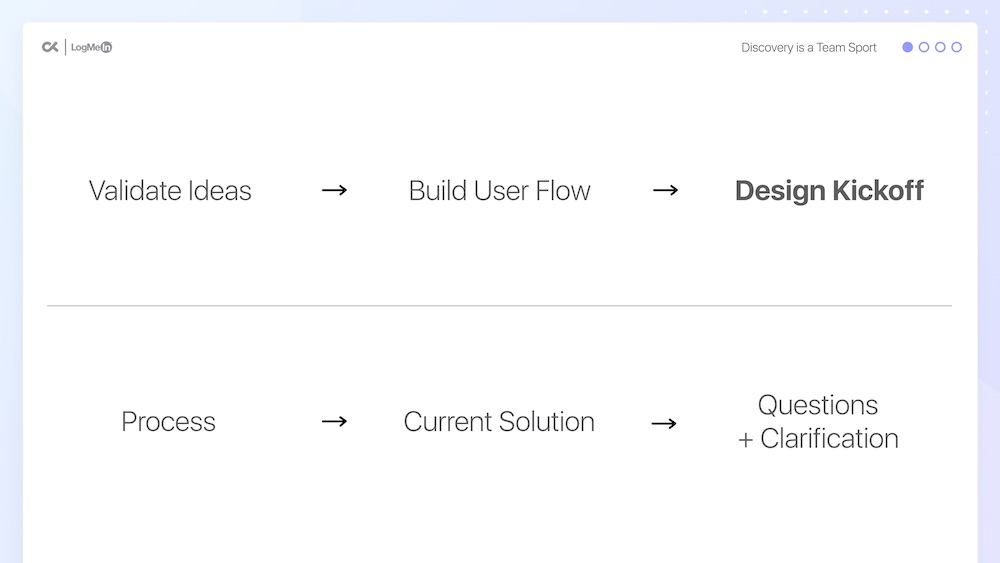
1. Discovery is a team sport. The first stage of any project is to research and uncover the problems that need solving. Making sure development is included from the beginning stage sets everyone on the same page and aligns the team around a common goal.
1. Discovery is a team sport. The first stage of any project is to research and uncover the problems that need solving. Making sure development is included from the beginning stage sets everyone on the same page and aligns the team around a common goal.
1. Discovery is a team sport. The first stage of any project is to research and uncover the problems that need solving. Making sure development is included from the beginning stage sets everyone on the same page and aligns the team around a common goal.
1. Discovery is a team sport.
The first stage of any project is to research and uncover the problems that need solving. Making sure development is included from the beginning stage sets everyone on the same page and aligns the team around a common goal.
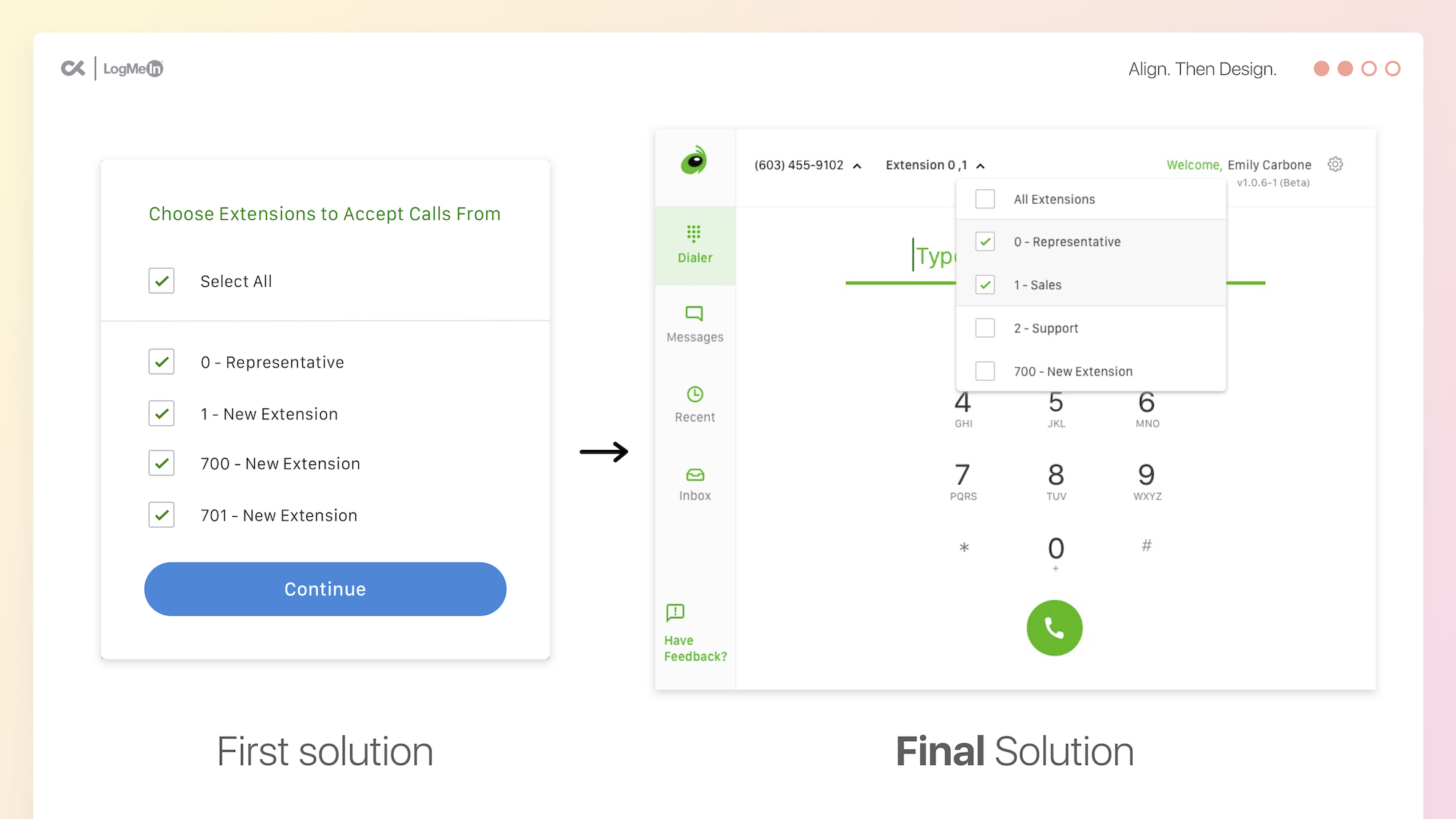
2. Align. Then Design. Then do it again. Once you’ve aligned with development to define the constraints of the problem at hand, you can begin your design process. Consistently go back for input, even when working with low-fidelity wireframes.
2. Align. Then Design. Then do it again. Once you’ve
aligned with development to define the constraints of the problem at hand, you can begin your design process. Consistently go back for input, even when working with low-fidelity wireframes.
2. Align. Then Design. Then do it again. Once you’ve aligned with development to define the constraints of the problem at hand, you can begin your design process. Consistently go back for input, even when working with low-fidelity wireframes.
2. Align. Then Design. Then do it again. Once you’ve aligned with development to define the constraints of the problem at hand, you can begin your design process. Consistently go back for input, even when working with low-fidelity wireframes.
2. Align. Then Design.
Then do it again. Once you’ve aligned with development to define the constraints of the problem at hand, you can begin your design process. Consistently go back for input, even when working with low-fidelity wireframes.
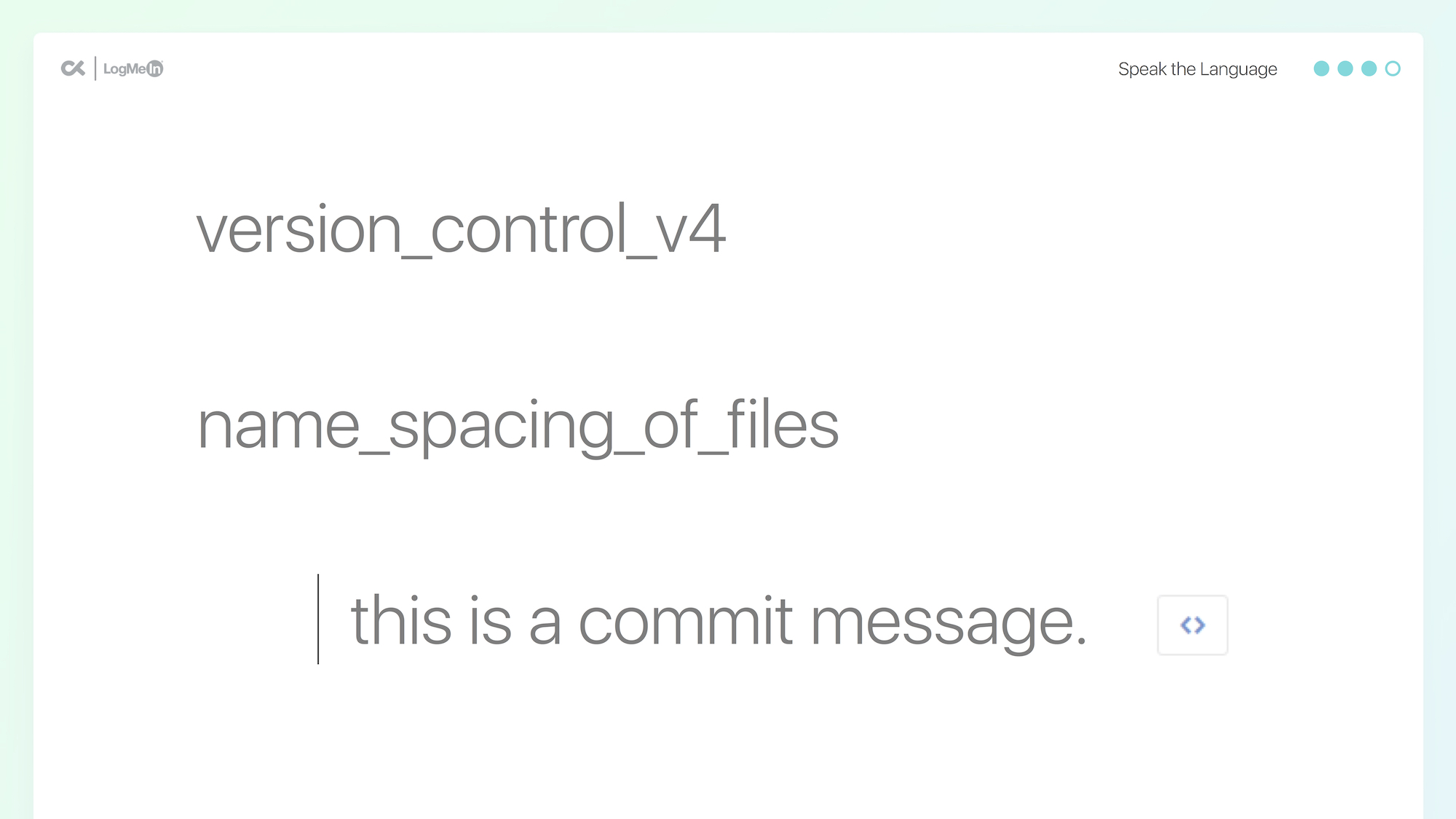
3. Speak the language. Learning to code expands your knowledge, therefore changing the way you think about what you are designing. When you have a better understanding of how something might be built you can think critically about the work, give better feedback and annotate interactions for developers more thoroughly.
3. Speak the language. Learning to code expands your knowledge, therefore changing the way you think about what you are designing. When you have a better understanding of how something might be built you can think critically about the work, give better feedback and annotate interactions for developers more thoroughly.
3. Speak the language. Learning to code expands your knowledge, therefore changing the way you think about what you are designing. When you have a better understanding of how something might be built you can think critically about the work, give better feedback and annotate interactions for developers more thoroughly.
3. Speak the language. Learning to code expands your knowledge, therefore changing the way you think about what you are designing. When you have a better understanding of how something might be built you can think critically about the work, give better feedback and annotate interactions for developers
more thoroughly.
3. Speak the language. Learning
to code expands your knowledge, therefore changing the way you think about what you are designing. When you have a better understanding of how something might be built you can think critically about the work, give better feedback and annotate interactions for developers more thoroughly.
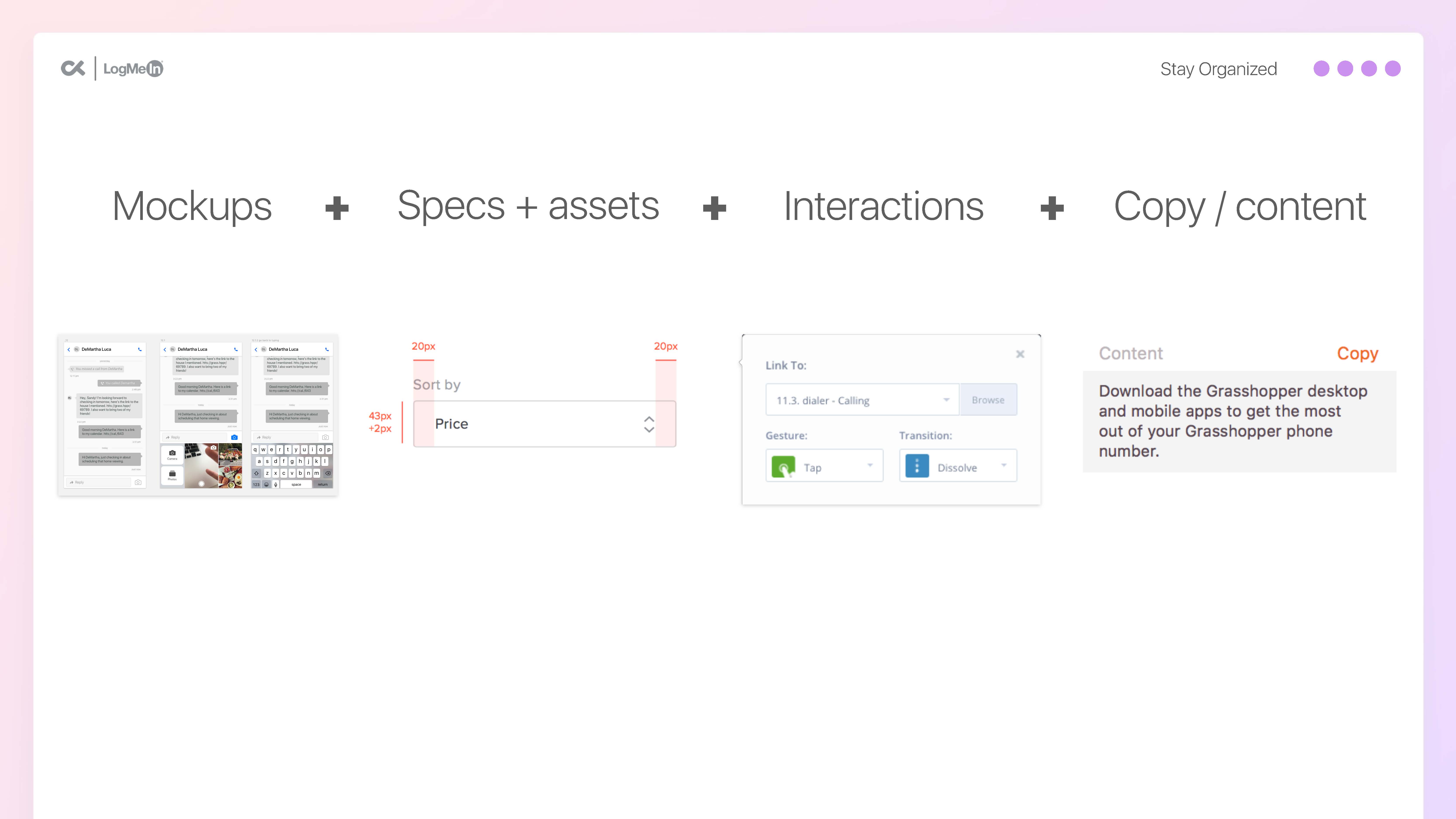
4. Stay organized. Setting expectations by following an organized process is key to making everyone’s lives easier
from documentation of work to kickoff, QA and beyond.
4. Stay organized. Setting expectations by following an organized process is key to making everyone’s lives easier from documentation of work to kickoff, QA and beyond.
4. Stay organized. Setting expectations by following an organized process is key to making everyone’s lives easier from documentation of work to kickoff, QA
and beyond.
4. Stay organized. Setting expectations by following an organized process is key to making everyone’s lives easier from documentation of work to kickoff, QA and beyond.
4. Stay organized. Setting expectations by following an organized process is key to making everyone’s lives easier
from documentation of work
to kickoff, QA and beyond.
View the full slide deck here or contact me to learn more about my talk.
(Slide-deck + Presenter Notes here)
View the full slide deck here or contact me
to learn more about my talk.
(Slide-deck + Presenter Notes here)
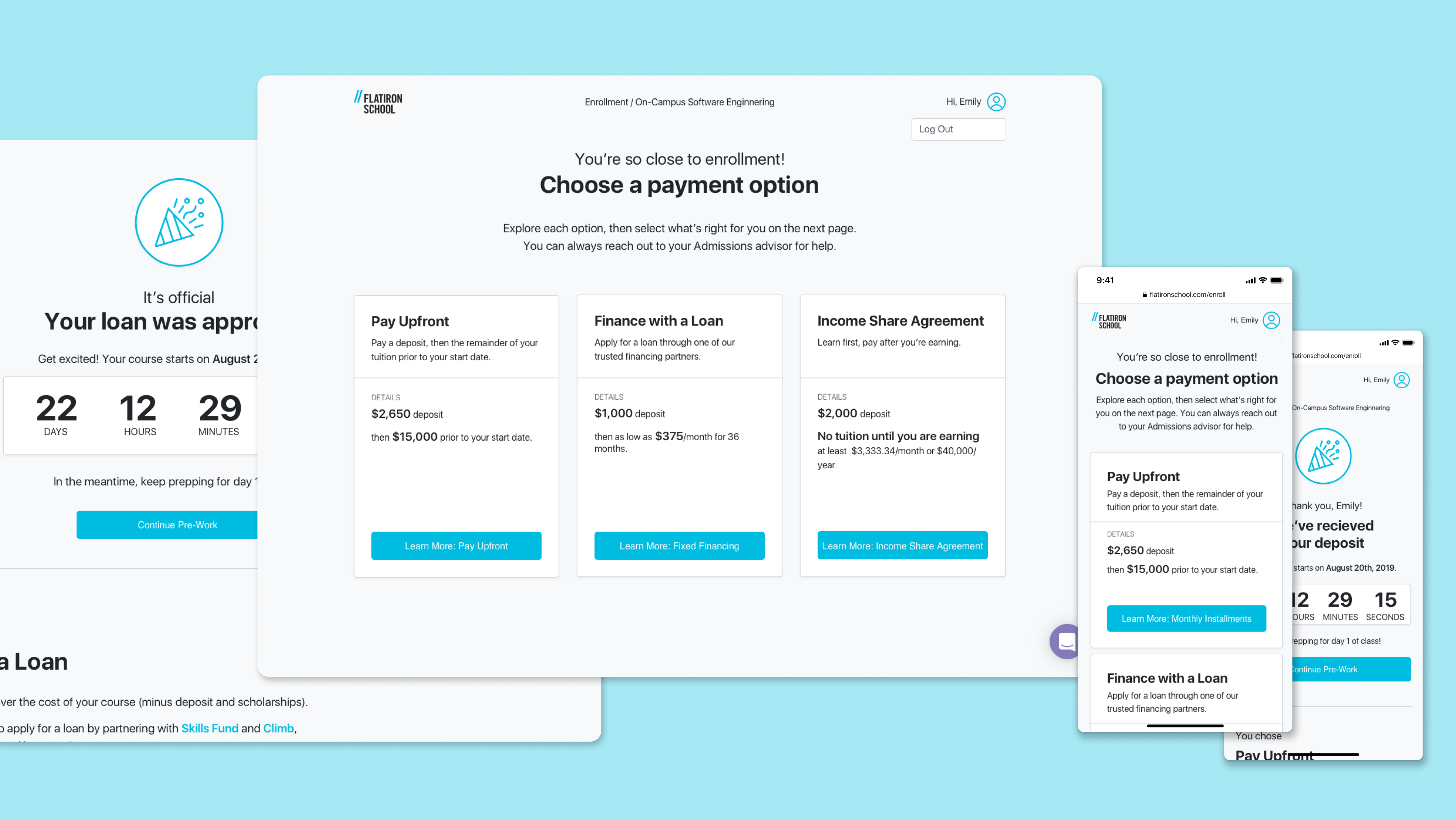
FlatIron School AdmissionsProduct Design
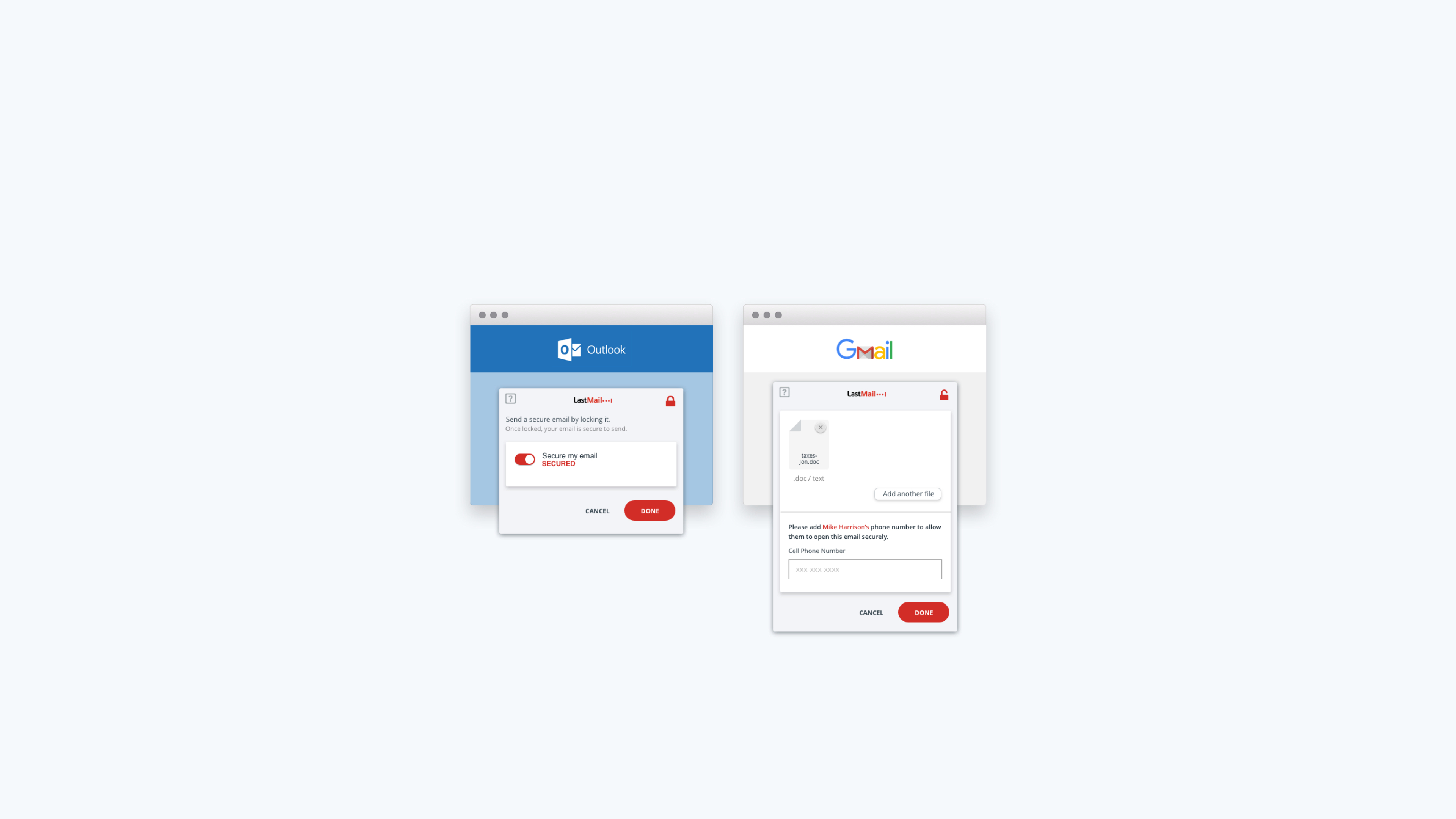
LastMail by LastPassProduct Design

Grasshopper for DesktopProject type
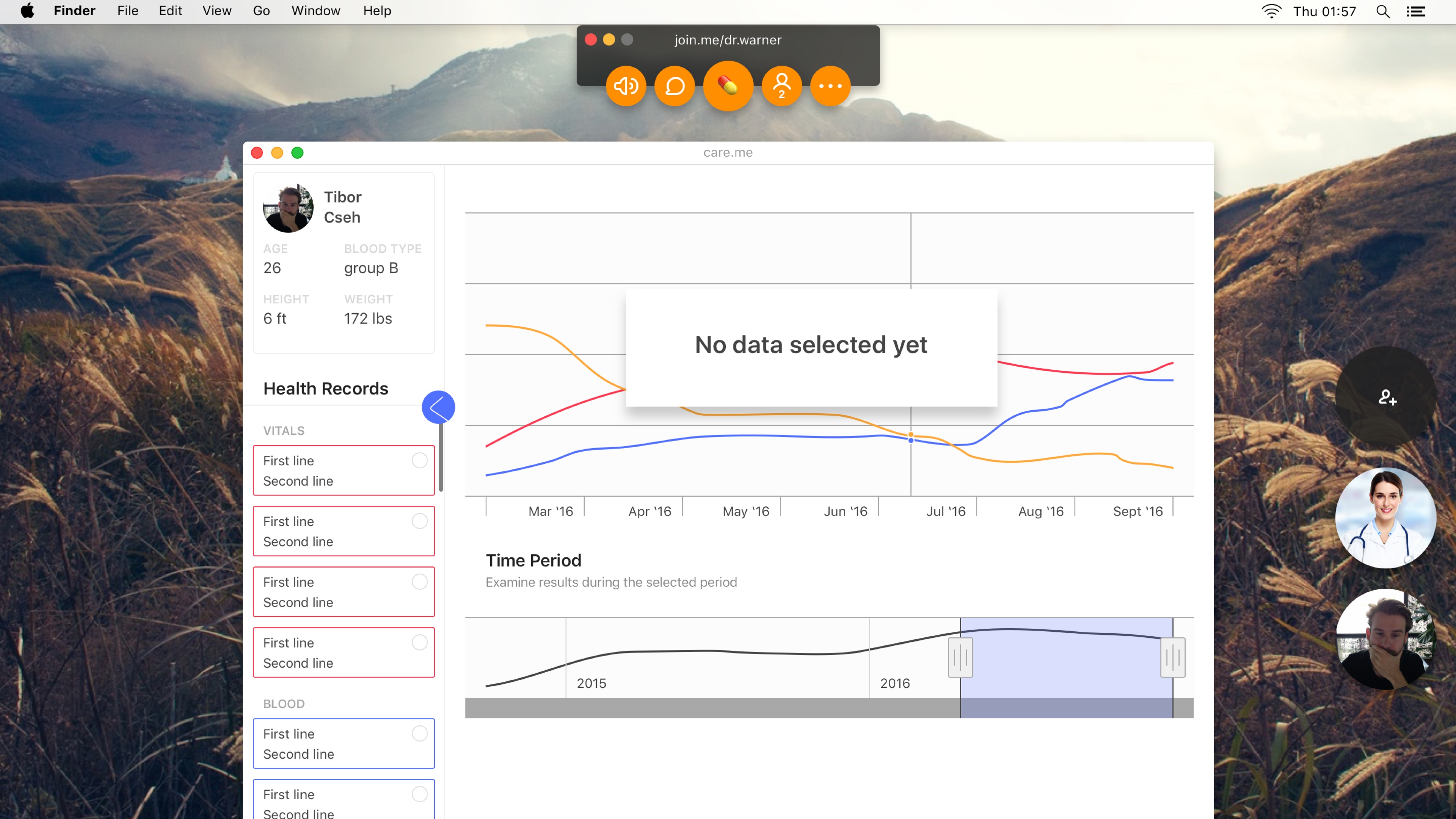
care.meProduct Design
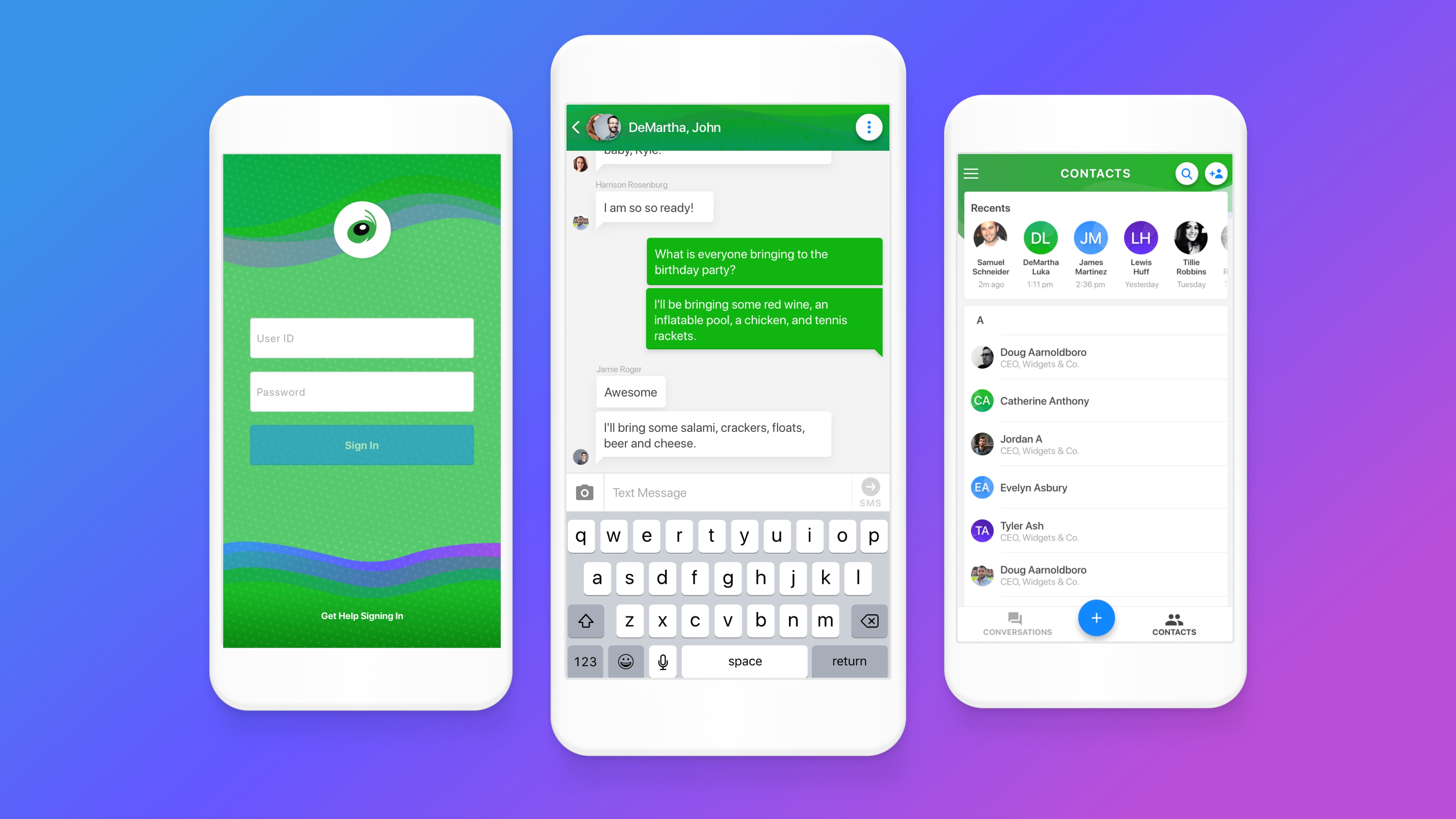
Connect Mobile AppProduct Design
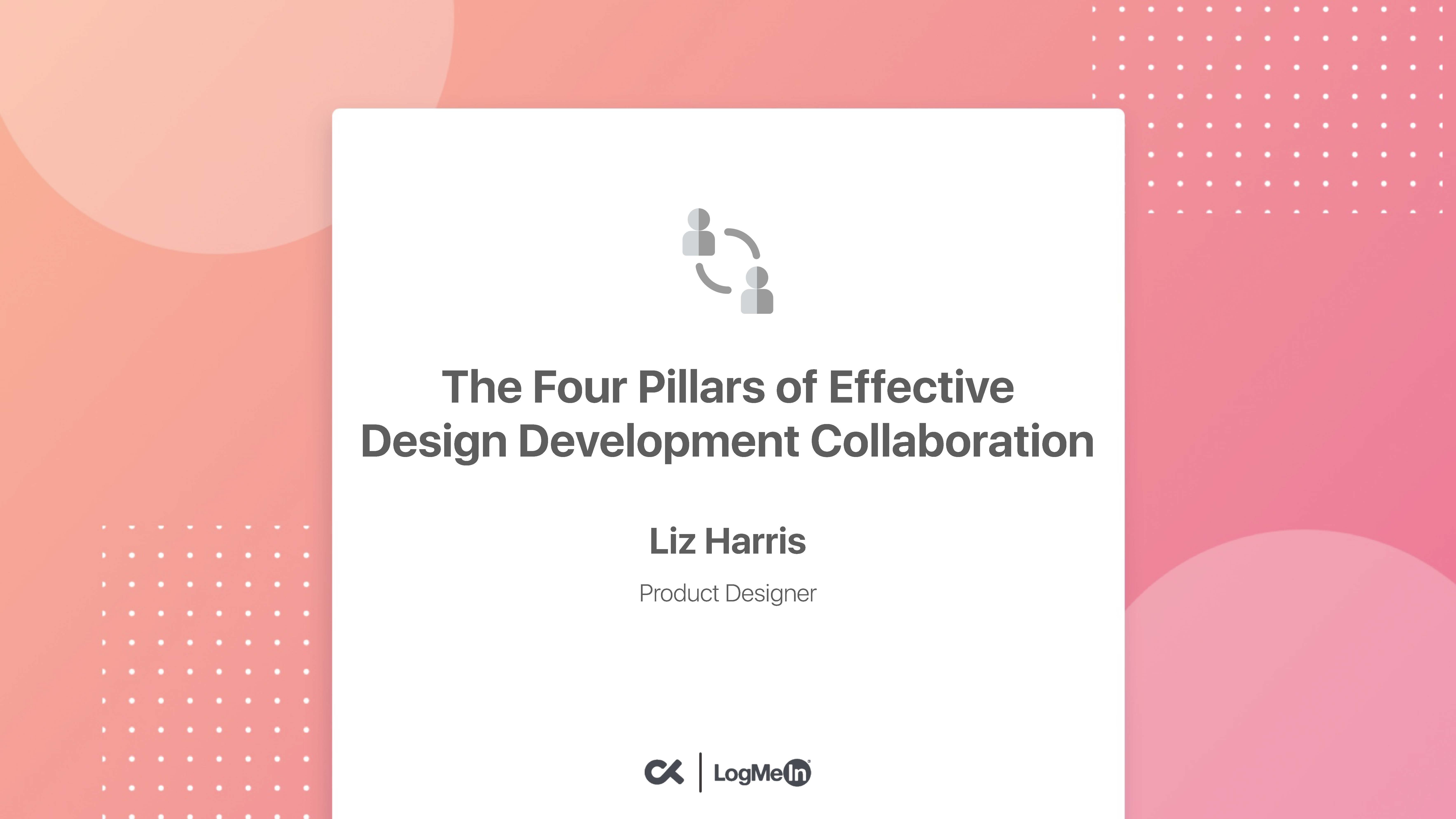
The Four Pillars of CollaborationPublic Speaking
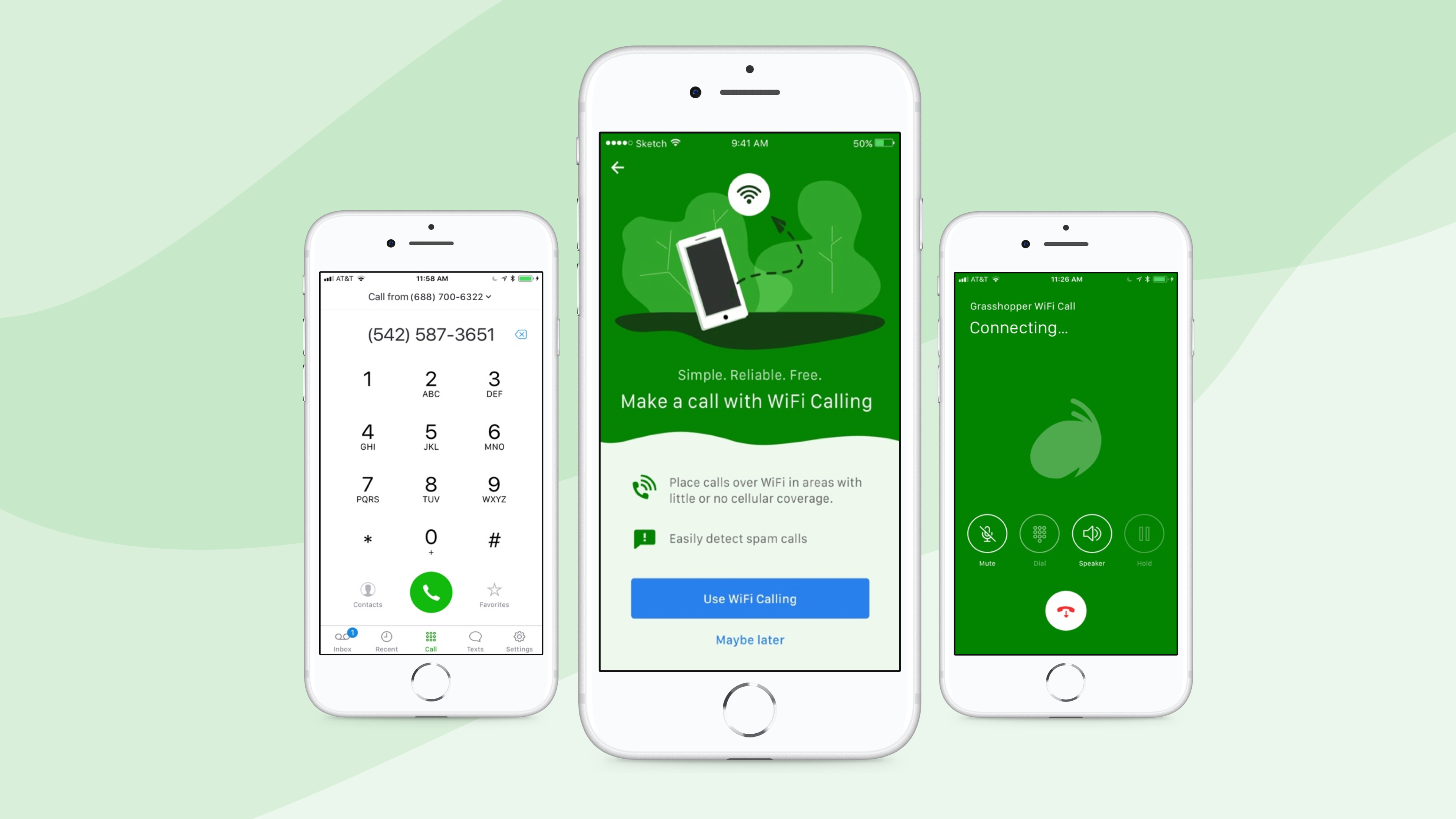
Grasshopper WiFi CallingProduct Design
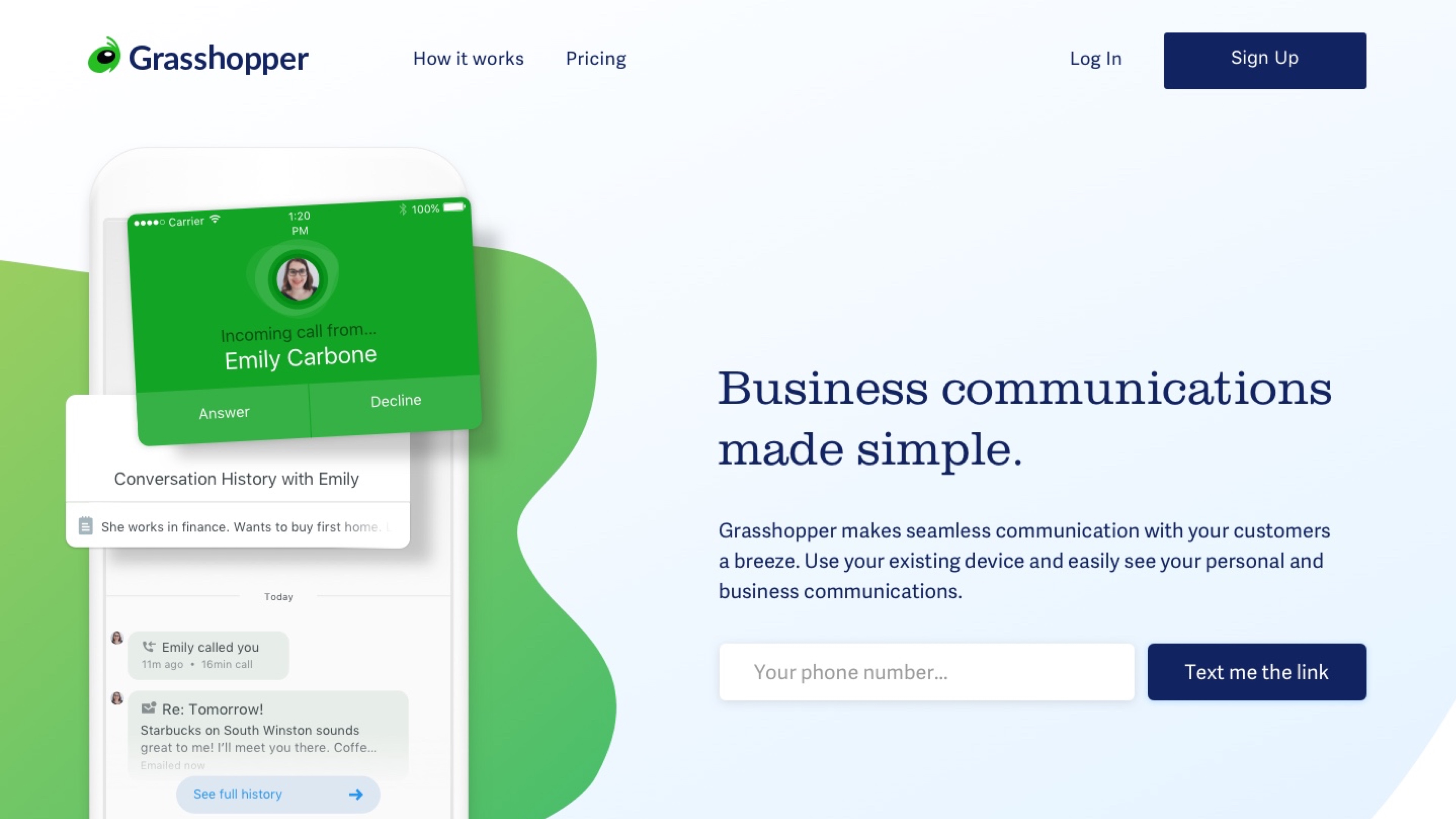
Homepage Marketing TestRedesign
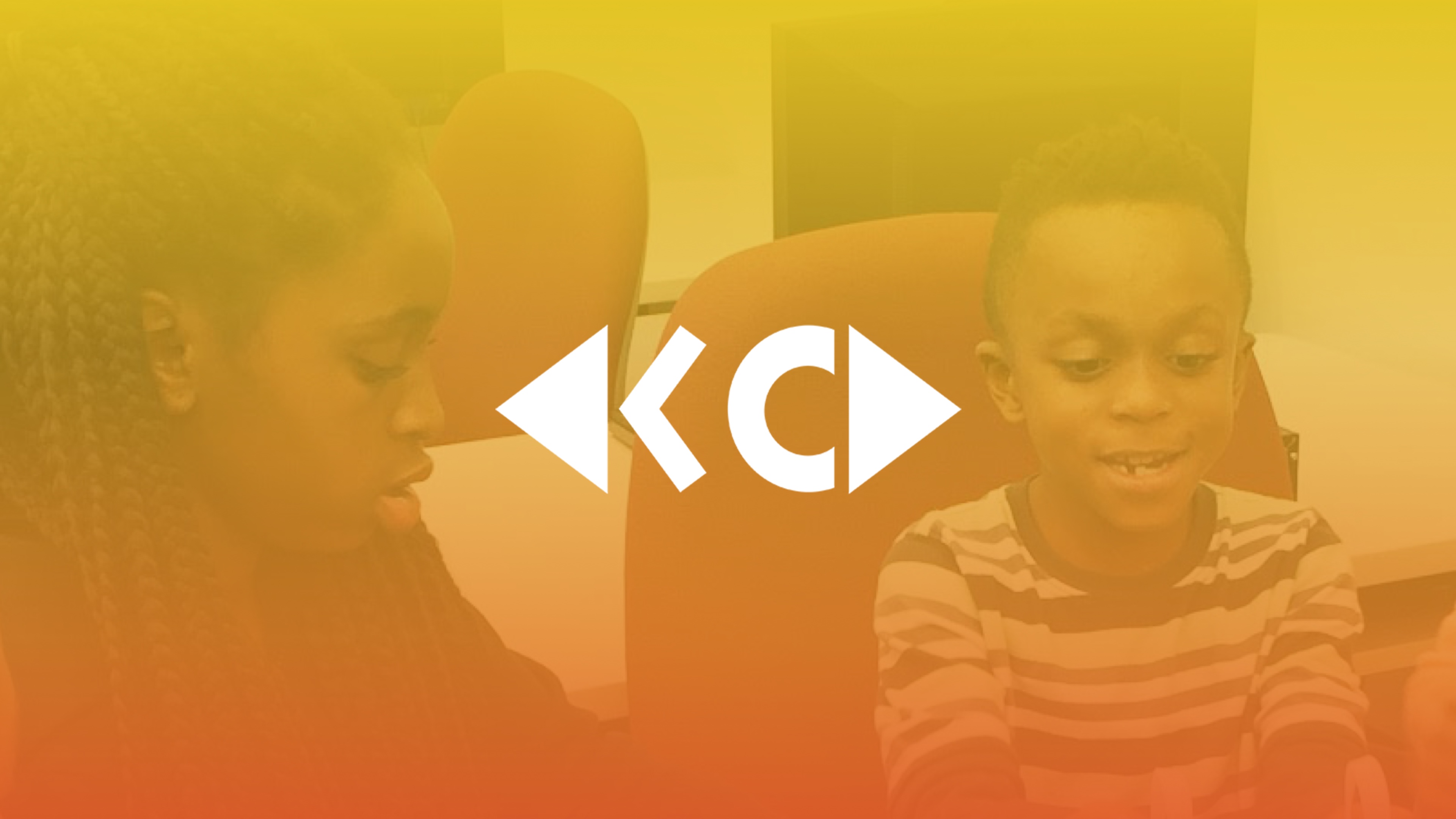
KodeConnectPrint Design
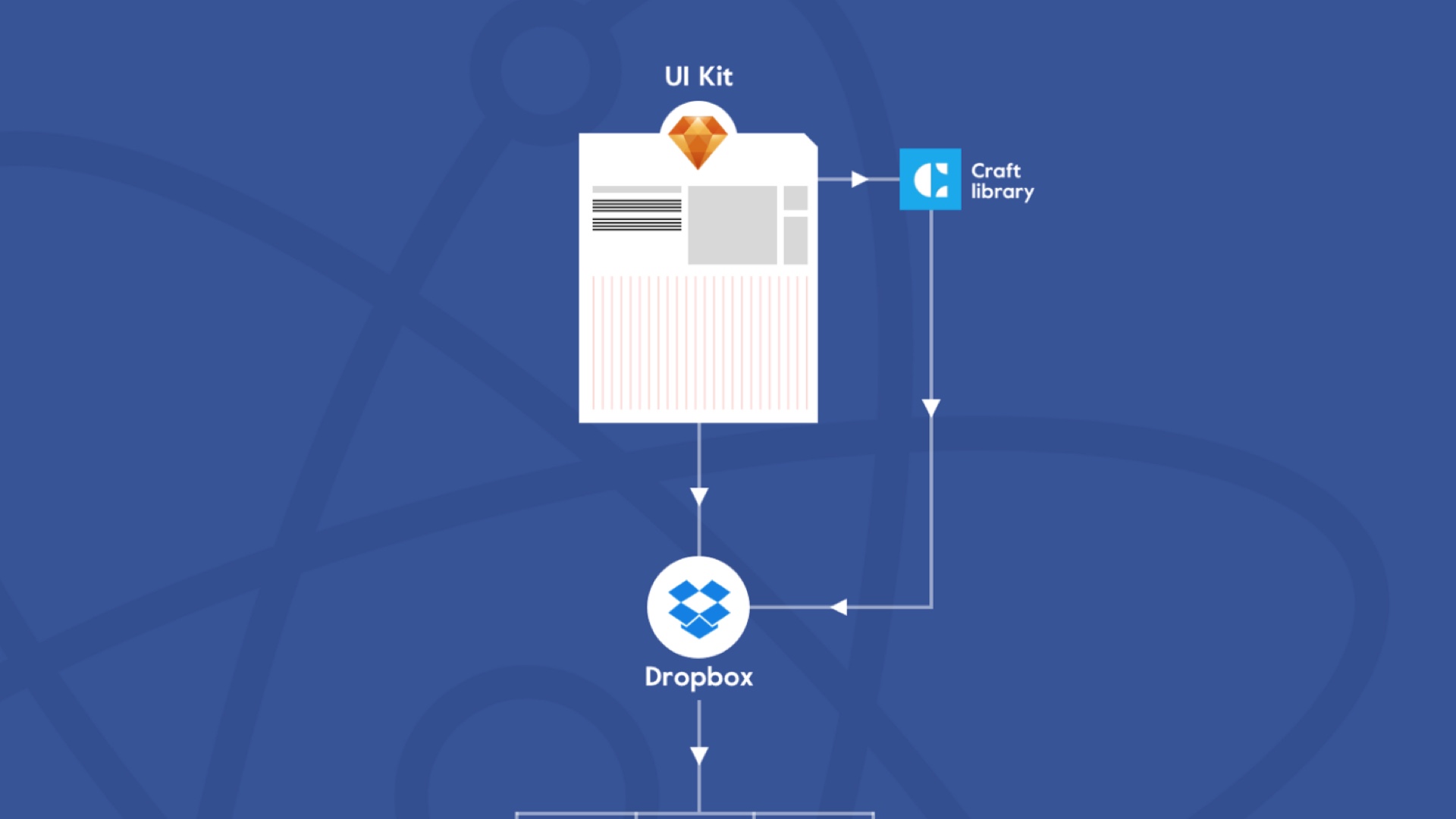
Building a Cross Product Design SystemDesign Systems

Xively + SalesforceProduct Design
Thanks for viewing my site!
Email me at lizharrisdesign@gmail.com
or follow me on social media!
Thanks for viewing my site!
Email me at lizharrisdesign@gmail.com
or follow me on social media!
Thanks for viewing my site!
Email me at lizharrisdesign@gmail.com
or follow me on social media!
